Vintages - Australian Wines
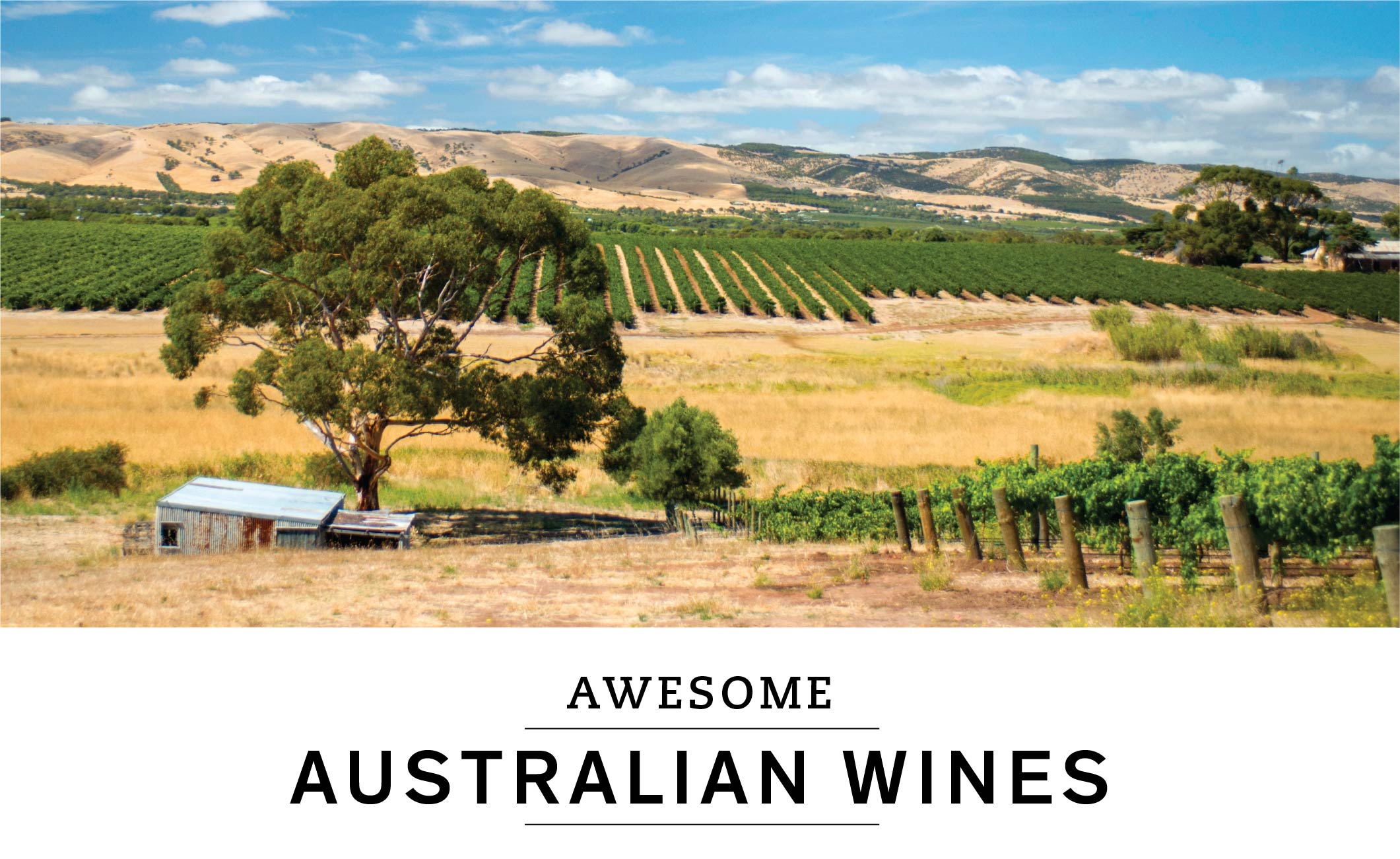
To some, this faraway continent is the land of koalas and kangaroos. For wine lovers, it’s known as the home of an awe-inspiring range of awesome wines crafted across diverse regions.
(5 min. read)
Australia will always be best known for its big-shouldered, richly flavoured Barossa Shiraz, but Australia’s varied regions and climate zones offer a diverse wealth of top-quality wines that span the style spectrum. Looking for cool-climate Chardonnay? Australia’s got it! Pinot Noir, benchmark Cabernet, world-famous red blends, the finest Semillon this side of Bordeaux? By the barrel full, mate – literally. The country is also known for its stunning natural beauty and a can-do spirit of cooperation and resilience that’s especially evident in the winemaking community. No matter where you look in Australia, there’s great wine, great beauty, and great people.

Chardonnay is grown across all of Australia’s wine regions.
Warmer sites yield full, rich, ripe Chards with big, generous flavours, while those from cooler regions have brighter acidity and a more delicate complexity. In recent years, Australian Chardonnay has become less reliant on oak, with most producers using larger barrels and less new oak. This gives the wines a subtler oak influence and puts the emphasis on purer fruit. The Mornington Peninsula is one of the coolest growing areas in Australia, and Chardonnays from here are elegant, crisp, lifted and bright, with intense citrus tones.
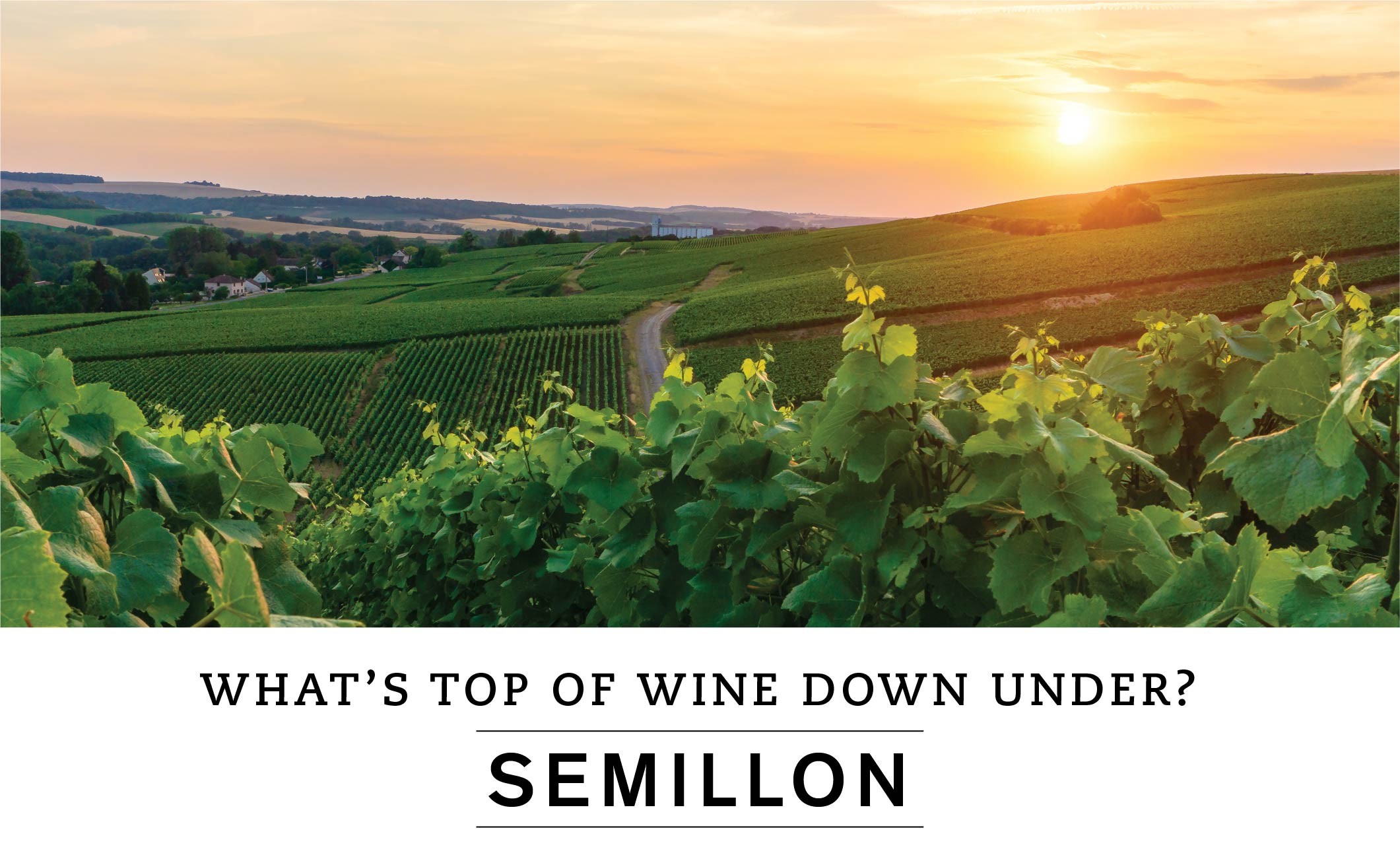
Semillon from the Hunter Valley is one of Australia’s signature styles.
These wines and region hold a significant place in the country’s history, as the Hunter Valley is fundamentally where Australian winemaking began. Semillon is responsible for the famous sweet wines of Sauternes, in Bordeaux, but in the Hunter Valley the grape is famed for producing dry expressions that are among the longest-lived unoaked white wines in the world. Complex tropical fruit, herbs, grass and fresh citrus tones in the wine’s youth evolve over time to notes of honey and nuts and, despite the fact that these wines are unoaked, suggestions of toast.
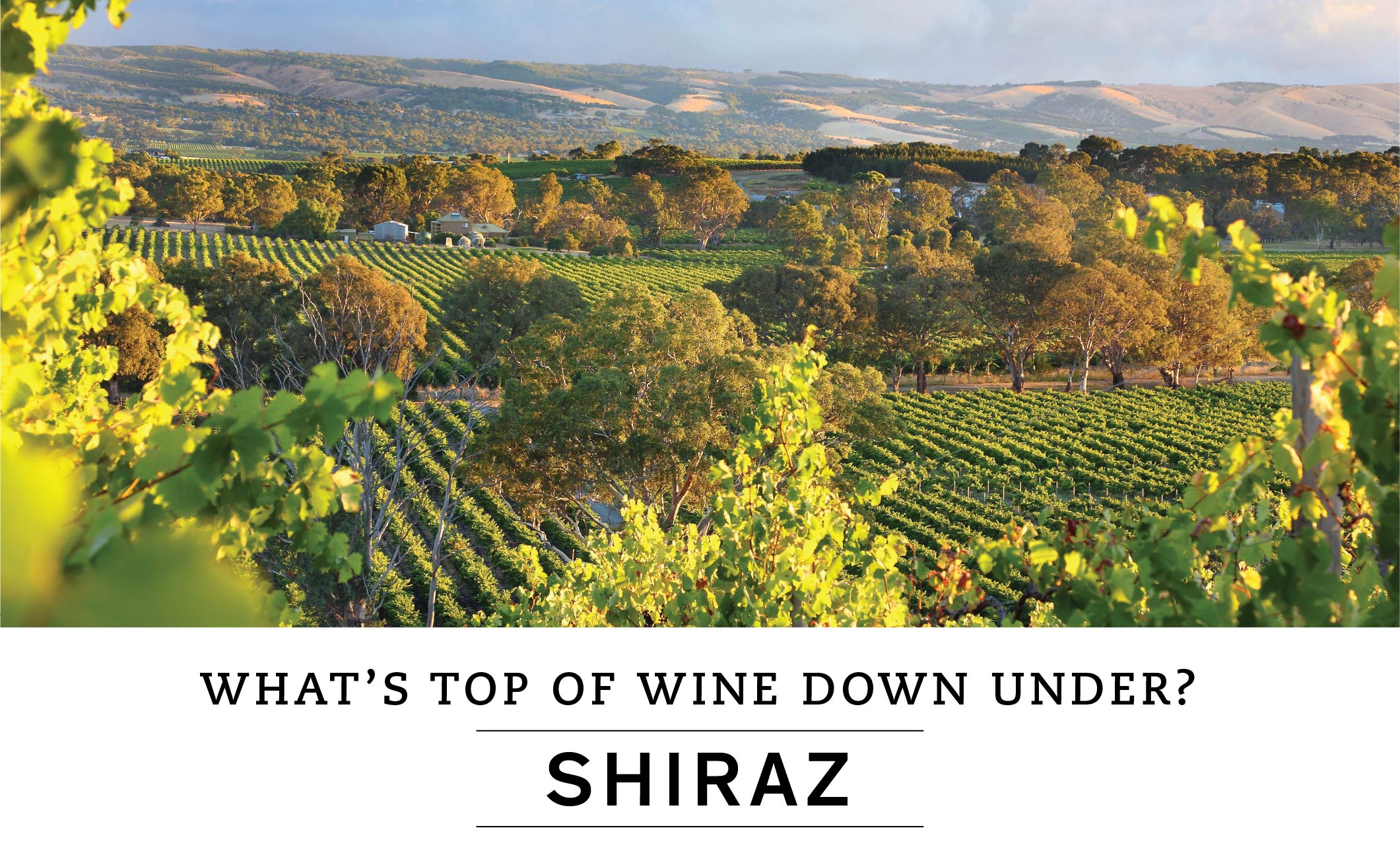
Shiraz (Syrah in France) is one of the keystones of Australian winemaking.
The most famous examples are undoubtedly the burly, fruity, full-bodied versions from the Barossa, but across Australia, varying growing conditions engender a wide spectrum of styles and takes. Where the Barossa brings power and roasted dark fruit tones, McLaren Vale offers rich, supple wines that often feature chocolate and mocha, while those from Langhorne Creek present more overt red fruit and spice notes, often with a high-toned mint character. These regions have many of the oldest plantings of Shiraz in the world.

The wildfires that raged across Australia last year and into early 2020 were unprecedented in their scope and intensity.
According to Wine Australia, less than 1% of Australia’s total vineyards were impacted; an amazing fact that gives some perspective on the vast size of this country. However, of the areas affected, some suffered significant damage and many vineyards were completely destroyed. Wineries in South Australia, New South Wales, Victoria and Queensland experienced the most damage, and early estimates for Adelaide Hills, one of the worst-hit areas, suggest that nearly 30% of its vineyards were impacted. Assessing the complete scope of the damage will take considerable time. It’s easy for winemakers to see burned vines, but the effect of the extreme heat on the vines will take longer to determine. The scale of the repair work is considerable, and growers and winemakers are relying on the assistance of volunteers to help them. Careful protocols are being implemented to save injured vines, irrigation systems are being built, and destroyed vines replanted. These newly replanted vines won’t be viable for winemaking for at least three years. In all, it has been estimated that Australia lost 4% of its national crop to the fires.

Cabernet Sauvignon, the king of grapes, shines in several key areas in Australia.
Best known, perhaps, are those grown in the celebrated terra rossa soils of Coonawarra. These are rich, intense, powerfully structured Cabs that impressively reflect the characteristic cassis the grape is so famous for. The fruit of Coonawarra Cabernet is typically framed by suggestions of eucalyptus or menthol. The Margaret River area crafts Cabs that walk that fine line between power and elegance and present ripe red and black berry fruit. Long warm days and cool nights, combined with plantings at varied altitudes on the slopes, valleys and plateaus of the Mount Lofty Ranges, give Cabernets from the Clare Valley great structure and balance and a big, earthy character.

Grenache is the workhorse of Australian wine.
Though Grenache is originally from the Rhône in France, Australia has the oldest plantings of this grape in the world; some vines planted in 1850 are still used to make wines. Grenache is the workhorse of Australian wine. Originally used in the production of fortified wine, it was soon featured in many of Australia’s red blends. In recent years, single-varietal expressions have become increasingly popular. Grenache, Syrah and Mourvèdre (Mataro in Australia) are the main components of the red wines of the southern Rhône, though in Australia, Shiraz typically takes a more conspicuous role in the blend. Aussie GSM wines are fruit-forward, with notes of dark chocolate and vanilla. Cabernet/Shiraz blends are a bit of an Australian forte. These popular expressions rose to prominence in the 1970s, with people drawn to the way Shiraz softened Cabernet’s firm tannins, creating richly flavoured, approachable wines. This “Great Australian Blend,” as Cab/Shiraz became known, has given the world one of Australia’s greatest wines: the legendary Penfolds Bin 60A. Always willing to experiment, Australian winemakers have been exploring alternative varietals for their blends, including Sangiovese, Tempranillo and Malbec, to name but a few.
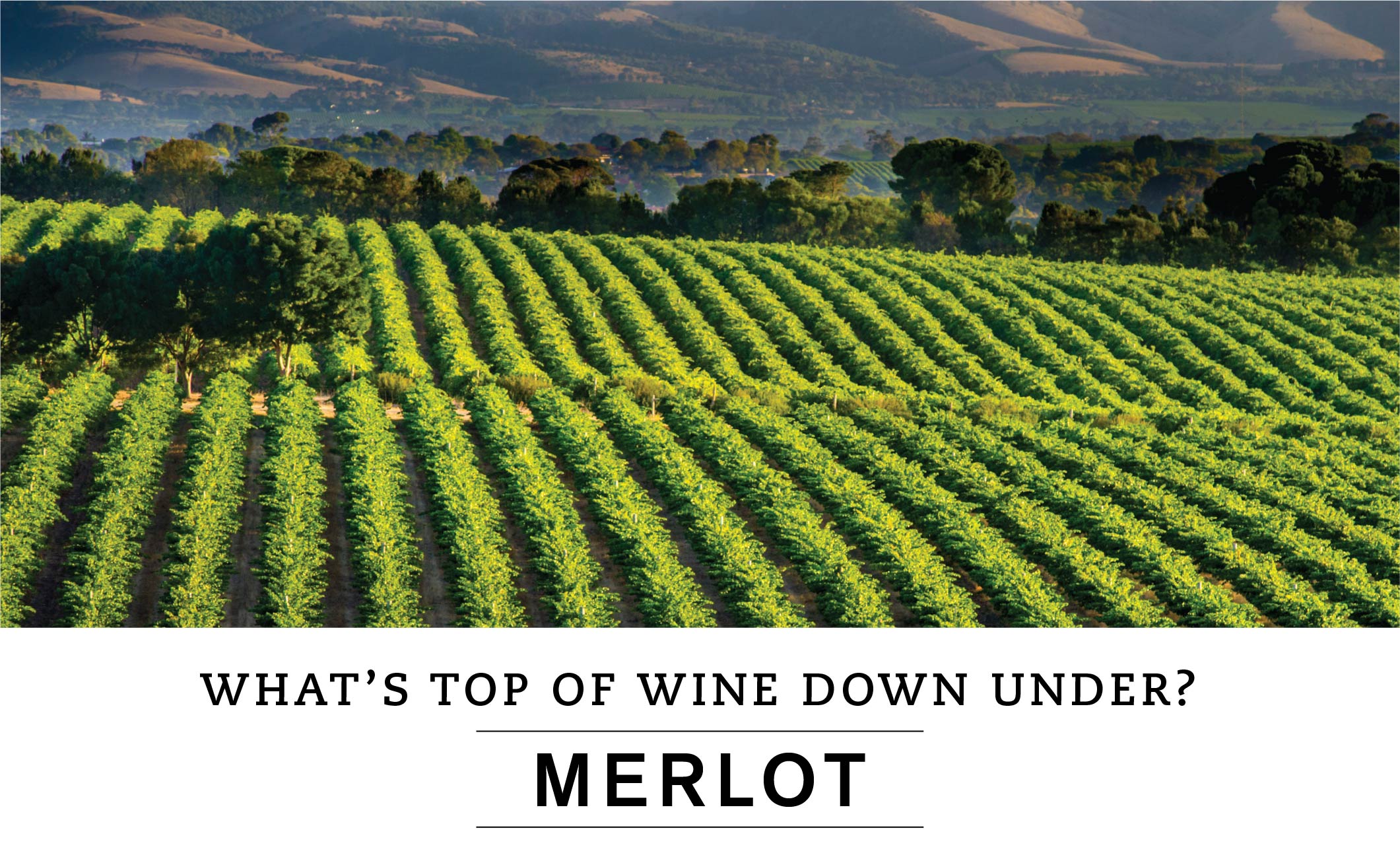
Unlike the vast majority of the wines in Australia, Merlot doesn’t trace its story back to the 1800s.
The first plantings were actually in the early 1920s, but it was only in 1965 that Merlot took a firm, if limited, hold on Australia’s wine landscape. For years, poor site selection hurt the profile of Australian Merlot, but more careful planting saw a surge in both quality and popularity in the 1990s, and the grape hasn’t looked back. Though it’s most often used in blends, single-varietal Merlots are becoming more popular. In the McLaren Vale, with its rolling hills and ocean-influenced climate, Merlot ripens well, offering lush, ripe fruit.
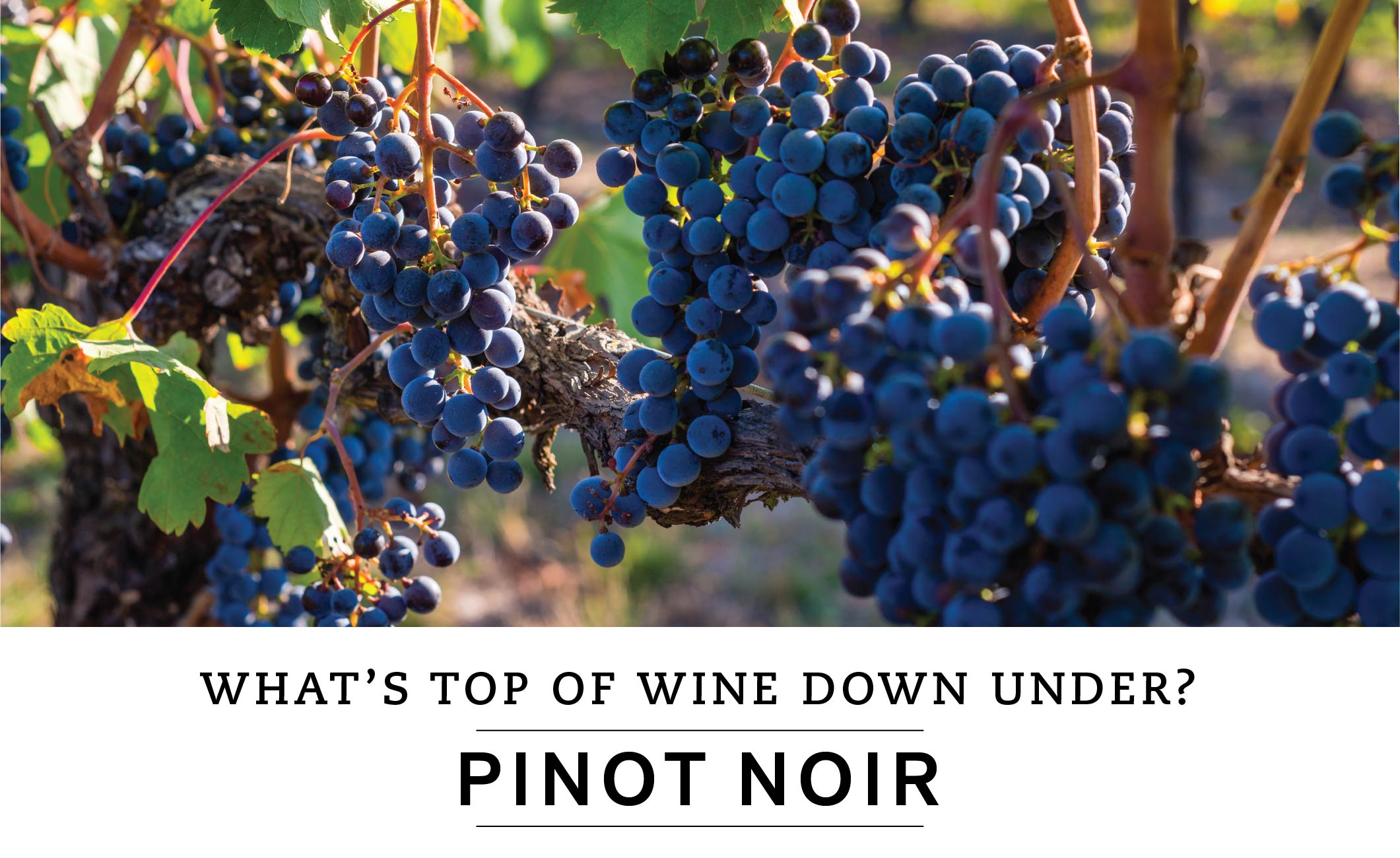
Pinot Noir is notoriously difficult to grow, and it succeeds only in cool-climate conditions.
With this in mind, it may come as a surprise that as of 2019, Pinot is the fourth-most-crushed grape in Australia behind Shiraz, Cabernet and Merlot. Pinot is produced in four principal areas: Yarra Valley, Tasmania, Adelaide Hills and Mornington Peninsula. The Yarra Valley is one of the oldest wine regions in Australia and produces several styles of Pinot. Pinots from cooler sites and those planted in volcanic soils reflect an aromatic, floral and spicy character, while those from slightly warmer areas with clay and loam soils are more fruit-forward.
Get our Latest News!
Be the first to hear about new arrivals, special offers, virtual events and more.
Get to Know Us!
Everything we are in a nutshell.

